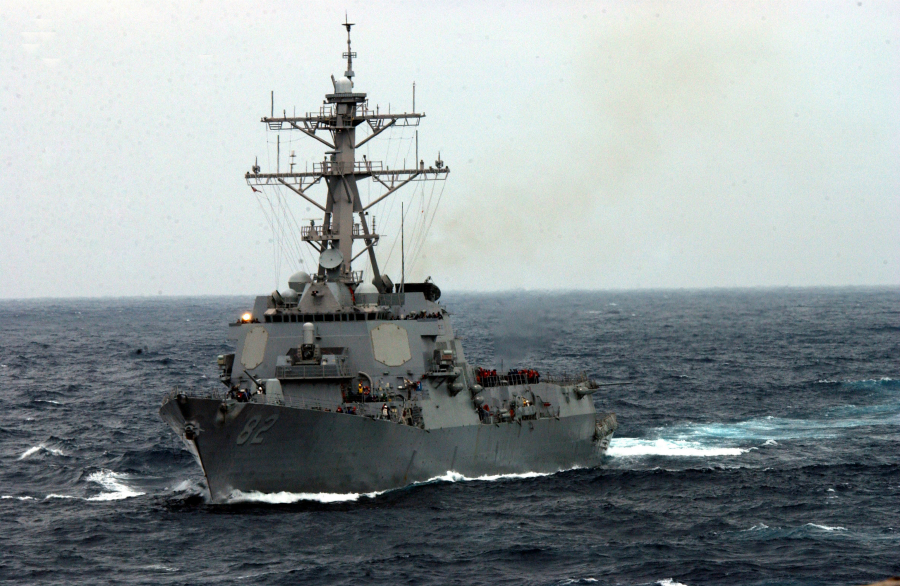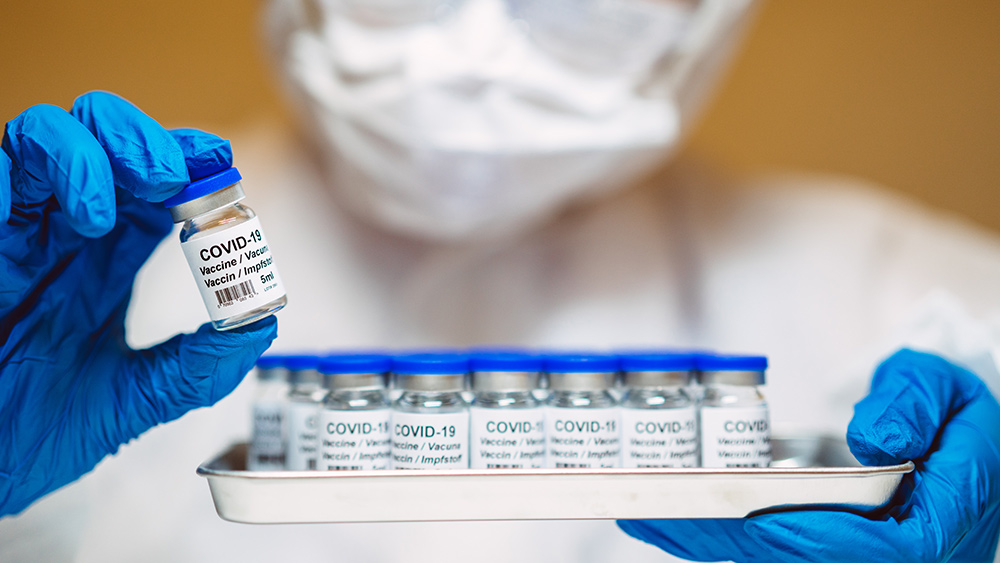 Parler
Parler Gab
Gab
- The U.S. Navy's Arleigh Burke-class destroyer USS Preble (DDG 88) has successfully tested the High Energy Laser with Integrated Optical Dazzler and Surveillance (HELIOS) system, a 60-kilowatt-class directed energy laser weapon developed by Lockheed Martin.
- HELIOS represents a significant shift in naval defense, offering virtually unlimited magazine capacity, rapid engagement capabilities and lower per-engagement costs compared to traditional missile-based systems. It is designed to counter drones, small boats and other asymmetric threats.
- HELIOS is integrated with the Aegis combat system, enhancing the ship's surveillance, target acquisition and defensive capabilities. This combination provides a powerful and sophisticated defensive tool.
- The development of HELIOS reflects the evolving nature of modern warfare, particularly the rise of asymmetric threats like UAVs and small boat swarms. The U.S. Navy's investment in laser technology builds on decades of research, with similar advancements being pursued by other nations like the U.K., China and Russia.
- The successful test of HELIOS is part of an ongoing effort to integrate directed energy weapons into the U.S. Navy's fleet. Future iterations of HELIOS and similar systems are expected to play a crucial role in protecting naval assets in contested environments, marking a strategic imperative for maintaining the Navy's technological edge.
A new era of naval defense
The HELIOS system, a 60-kilowatt-class directed energy laser weapon, represents a revolutionary advancement in naval warfare. Unlike traditional missile-based defense systems, HELIOS offers a virtually unlimited magazine, rapid engagement capabilities and significantly lower per-engagement costs. This makes it an ideal countermeasure against drones, small boats and other asymmetric threats. "The successful testing of HELIOS underscores the U.S. Navy’s commitment to integrating laser weapons into its fleet to counter evolving threats," the CCM report states. "CCM supported the Navy’s demonstration on USS Preble (DDG 88) to verify and validate the functionality, performance and capability of the HEL with Integrated Optical Dazzler and Surveillance system against an unmanned aerial vehicle target." The integration of HELIOS with the Aegis combat system is a key feature that enhances the ship’s ability to track, engage and neutralize threats. This combination ensures that the USS Preble is not only equipped with a powerful defensive tool but also a sophisticated surveillance and target acquisition system.Historical context and strategic importance
The development and deployment of directed energy weapons like HELIOS are rooted in the evolving nature of modern warfare. The rise of asymmetric threats, including unmanned aerial vehicles (UAVs) and small boat swarms, has necessitated new defensive strategies. Traditional missile systems, while effective, are expensive and can quickly deplete a ship's magazine in a prolonged engagement. The U.S. Navy's investment in laser technology is not new. Since the 1970s, the Navy has explored various directed energy weapons, but recent advancements in power generation and beam control have made these systems more viable. The successful testing of HELIOS on the USS Preble is a culmination of decades of research and development. "This type of cutting-edge weaponry has the potential to revolutionize the battlespace by reducing the reliance on expensive ammunition, while also lowering the risk of collateral damage," said Grant Shapp, U.K. Defense Secretary, in a statement following the successful test of the DragonFire laser weapon by the United Kingdom. The U.K. has also been developing its own laser-based defense system, signaling a growing global interest in this technology.Global implications and future developments
The U.S. and U.K. are not the only nations investing in laser-based weaponry. Countries like China and Russia are also advancing their directed energy capabilities, highlighting the strategic importance of these systems in modern naval warfare. The deployment of HELIOS on the USS Preble is just the beginning. The Navy plans to continue testing and refining the system, with future iterations expected to play an increasingly important role in protecting U.S. naval assets in contested environments. The Department of Defense has also recognized the need for new specialized test and training ranges to support the ongoing development of HELIOS and similar systems. As the U.S. Navy continues to integrate laser weapons into its fleet, it is clear that these systems will become a cornerstone of naval defense. The cost-effectiveness, rapid engagement capabilities and reduced logistical burden of directed energy weapons make them an indispensable asset in the modern battlespace. In a world where threats are becoming more complex and diverse, the U.S. Navy's investment in HELIOS and other directed energy technologies is a strategic imperative. The successful testing of HELIOS on the USS Preble is a testament to the Navy's commitment to maintaining its technological edge and ensuring the security of U.S. interests at sea. Sources include: ZeroHedge.com Defence-blog.com DesMoinesRegister.comThe loss of pollinators: The hidden ecological cost of WIND TURBINES
By Lance D Johnson // Share
The EPA’s endangerment finding belongs on the ash heap of history
By News Editors // Share
The world’s worst financial catastrophe could happen soon
By News Editors // Share
Baltic Sea tensions: Is Ukraine plotting a NATO-Russia showdown?
By Willow Tohi // Share
Tennessee pastor’s call for violence against Elon Musk sparks outrage
By Cassie B. // Share
Governments continue to obscure COVID-19 vaccine data amid rising concerns over excess deaths
By patricklewis // Share
Tech giant Microsoft backs EXTINCTION with its support of carbon capture programs
By ramontomeydw // Share
Germany to resume arms exports to Israel despite repeated ceasefire violations
By isabelle // Share










